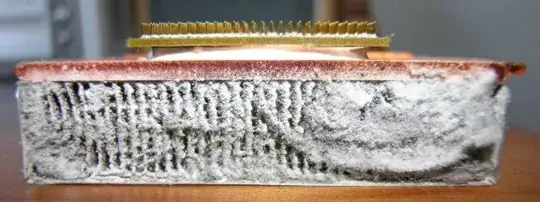When I buy new computers, I usually do a "burn-in" with 100% CPU load for, say, seven days, in a well ventilated place.
This is to
find out if the computer has problems before I invest time into setting it up for me
let it "steam out" some of the "plastic/chemical gasses" before I use it in my home
But, now I'm wondering, am I creating hardware problems by doing this? Are modern notebooks built to withstand this?
I guess a server surely is, but is a notebook? I'm talking one from a "well" known brand as Apple, Lenovo, HP, ASUS, Dell, etc.
So I did a burn-in for a new notebook recently. It went fine and didn't crash the OS even once. The notebook is of a model that doesn't get that very hot.
But after some weeks the hardware seems to "give up", recently the SSD has started to act up.
So, can a seven days full 100% CPU load "burn-in" / "stress test" damage a modern notebook??
How would you do a "burn-in" of a notebook? I guess one could put a fan next to it, but then the temperature would not get that high, and huge part of the reason for burn-in would disappear.
Thank you all for answers!
But reading them, I really wonder where "computing" is today. Many say that this seven days 100% CPU load will be damaging (/wear out early) to the computer.
From my computing background (1990- ) this sounds really strange - though I'm not saying it is wrong.
What if you have some encoding work to do? Or some 3D-rendering work? Those can easily run for three days, 100% CPU load. Shouldn't notebooks be used for those things?
I can accept that some people are skeptical about my worries about "toxic fumes"; you want to see proof. OK. But really, if one can't use a new notebook at 100% CPU for some days, I really would like to see some disclaimers from computer manufacturers, or some kind of admissions from them, that this is the case.
"This notebook is not suitable for 3D rendering." LOL!!!
Added 22 Oct 2014: I took a look at the SSD using some diagnostics software. It had information on the temperatures:
Highest temperature recorded ever was around 42 °C
Highest temperature recommended was circa 70 °C
Shutdown temperature was circa 75 °C
Conclusion: My seven days 100% CPU burn-in did not create a high temperature in the SSD, and it kept very good margin to the given max. Remember that I had the notebook in a room that never had an air temperature over, say, 26 °C.
